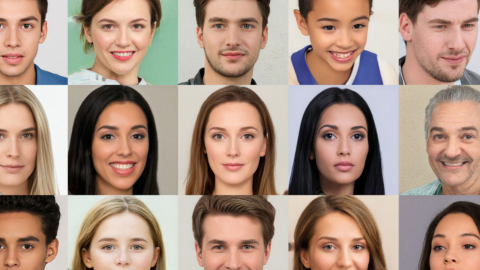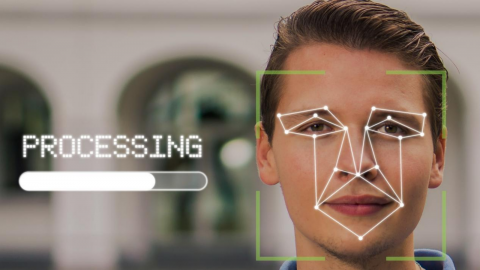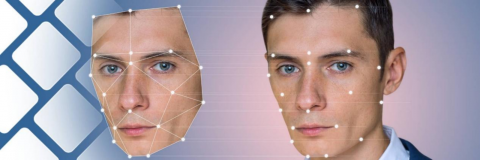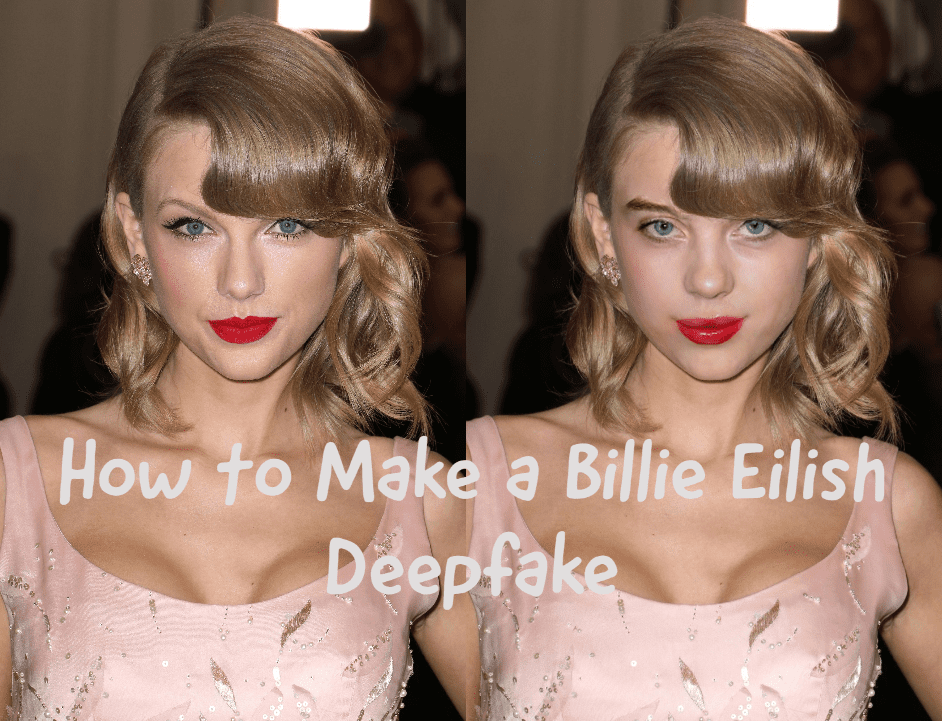In 2017, the AI deepfake algorithm was developed, and with the continuous development of deep learning models, deepfake-related applications continued to emerge. In recent years, AI deepfake technology has attracted more and more attention and has become one of the hottest topics.

How Deepfake Is Made
In fact, the earliest deepfake was achieved by photo or video editing, which was not only time-consuming and labor-intensive but also had poor deepfake effects. The current popular face-changing software uses Generative Adversarial Network (GAN) technology, which is one of the deep learning models.
To put it simply, the machine collects the facial expression features in the big data in advance, and then combines some feature information of the face-changing person itself, through continuous evolution, and finally generates the face-changing video we want. This method can not only achieve automatic deepfake quickly but is also much more realistic.
 AI analyzing facial features
AI analyzing facial featuresThe Application of Deepfake
In machine learning, there are many applications of generative adversarial networks, and their main purpose is to generate the data we want. At present, most of the applications focus on video and image creation. For example, when people need some animations or specific scenes during shooting, they may have to make props or manually hand-painted. Now using this technology, it can become very efficient.
More and more people are discovering new usages of deepfakes. Whether recreating long-dead artists in museums or editing videos without having to reshoot, deepfake technology will allow us to see things that no longer exist or never existed. In addition to its numerous applications in entertainment and education, it has been increasingly used in medicine and other fields.
In short, deepfakes work by using deep generative modeling. Basically, the algorithm’s neural network learns how to create realistic images and videos of real (or fictional) people after processing a database of example images. By training on images of real people, they can synthesize real videos of that person. Ultimately, the same technology could be used to synthesize the same person’s voice, leading to fears that we’re not far from fake but completely credible videos of politicians and celebrities doing or saying outrageous things.
 AI analyzing facial features
AI analyzing facial featuresCommon Deepfake Tools
There are a variety of deepfake tools on the market, and the results generated by different algorithms vary widely. Currently, there are three most commonly used AI deepfake tools: DeepSwap.ai and Deepfakesweb.
It is worth noting that the general expression information such as joy, anger, sadness, and music collected by DeepSwap.ai in the early stage mainly comes from the big data library, rather than their users’ personal data. This also means that the face replacement realized by the adversarial generative network technology only requires a few personal face photos. In the beginning, the creation of the deepfake technology required about 300-500 pictures of the deepfake person, but with the continuous improvement of the technology in recent years, 3-5 relevant photos would be enough to generate nice deepfake photos or videos.
In addition, the operation steps of DeepSwap.ai are relatively simple, which is very convenient for people who are not tech-savvy. Just upload the face photo and the material that needs to be edited, and then click to change the face and get a realistic result in several seconds. You can do this even if you’re a layman who doesn’t know anything about video editing or AI technology.



